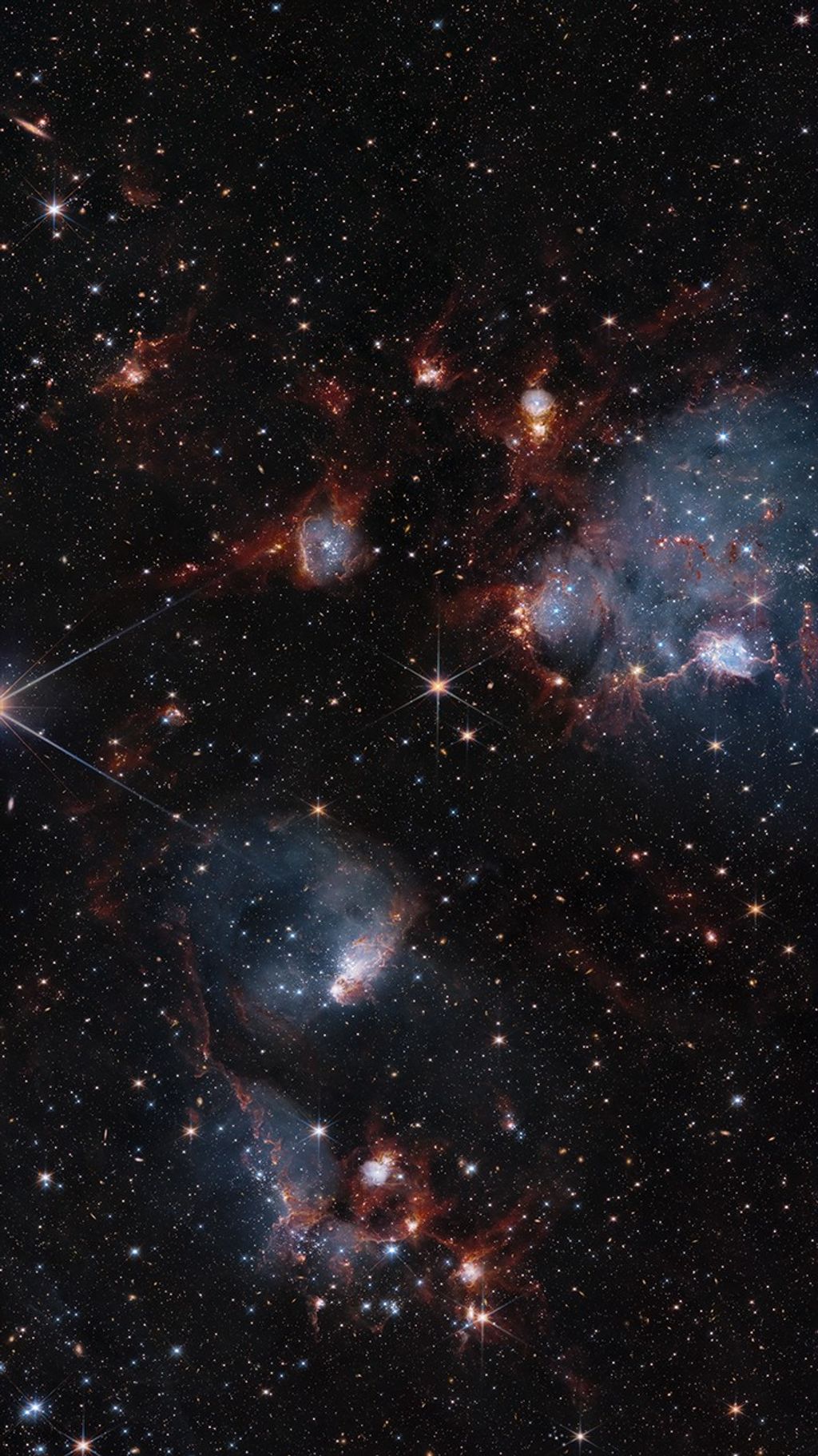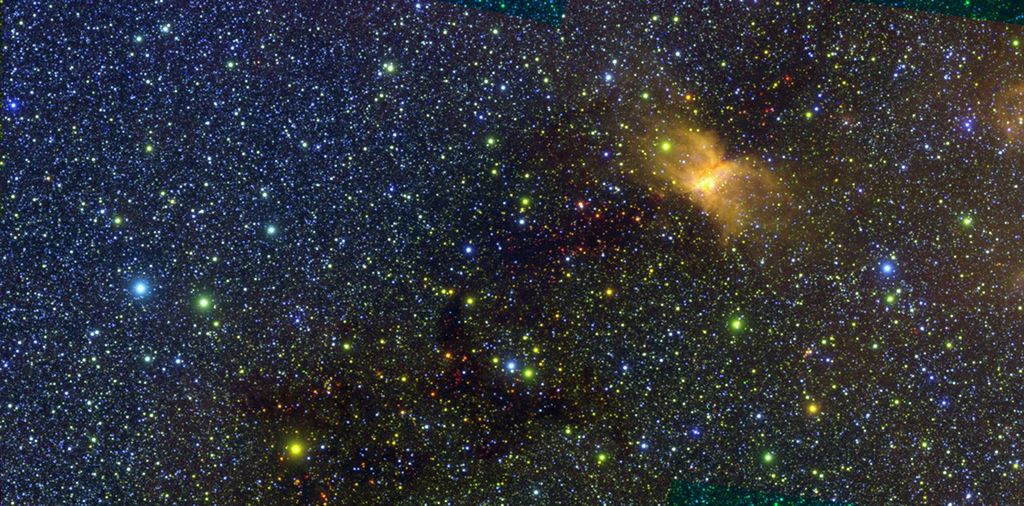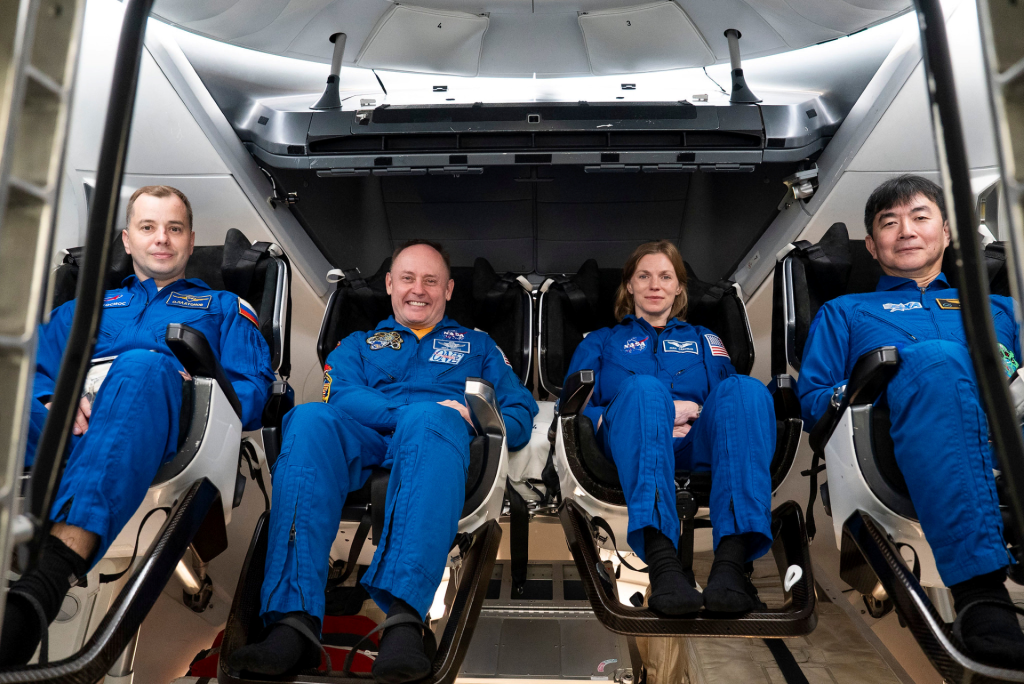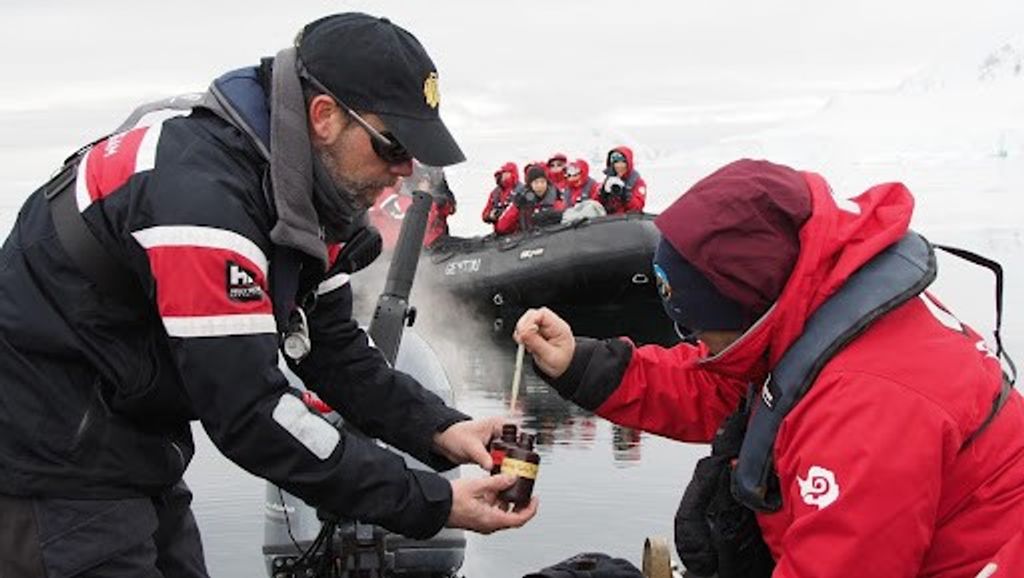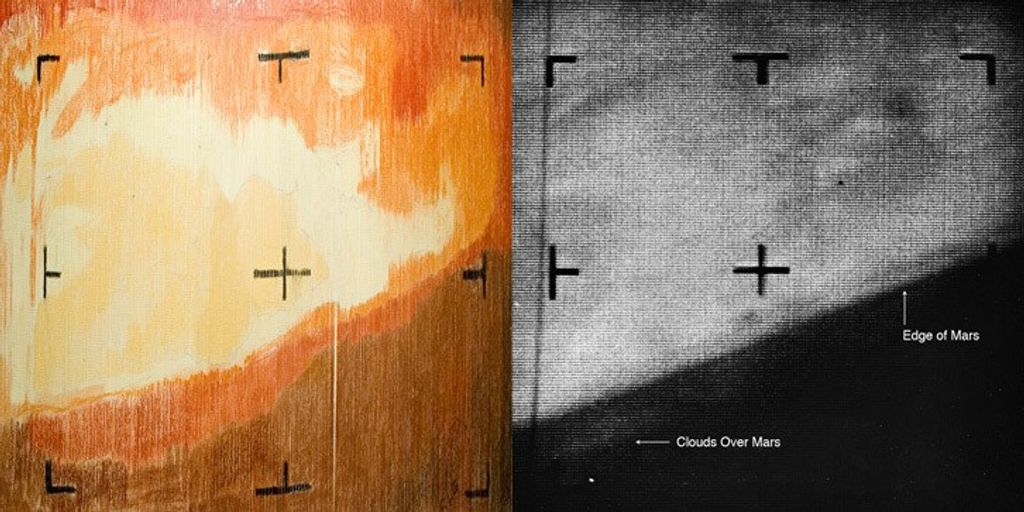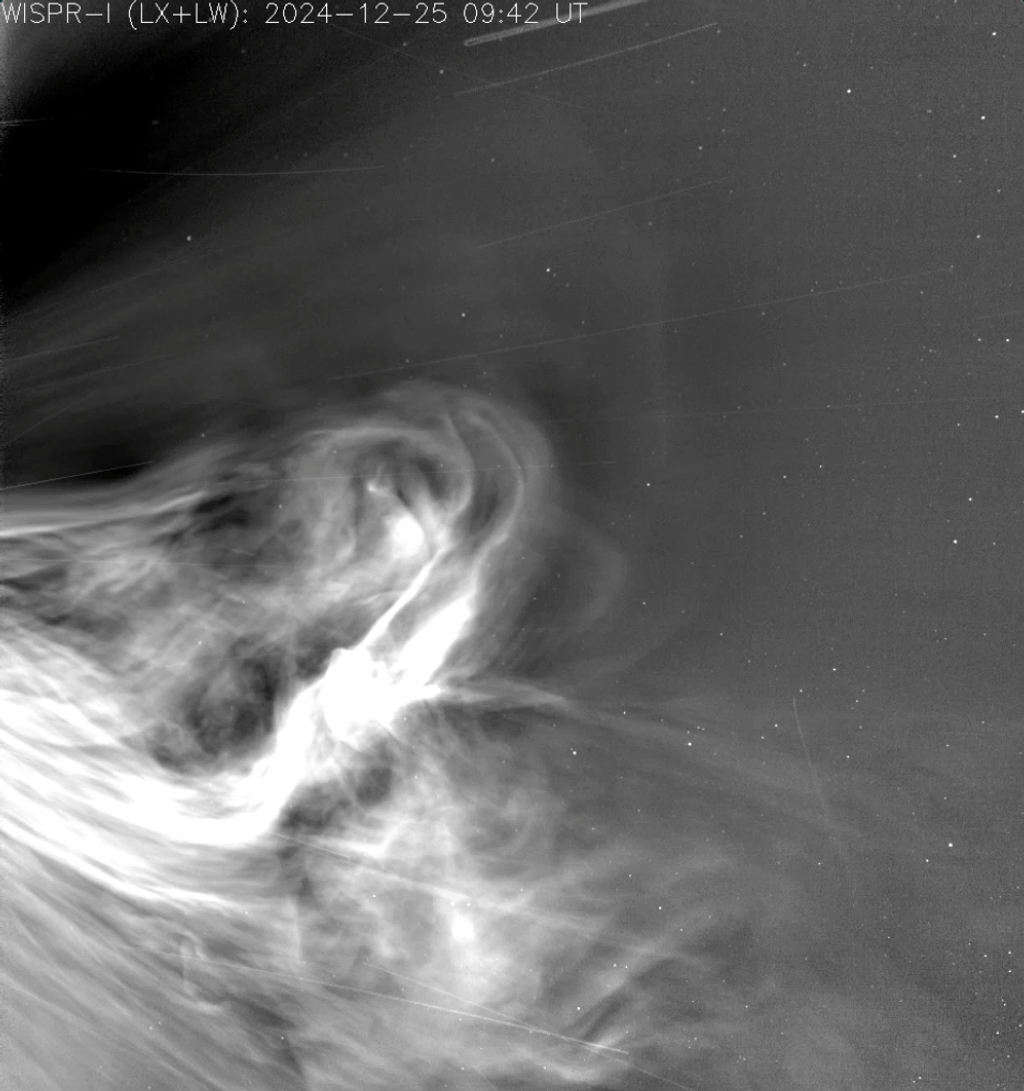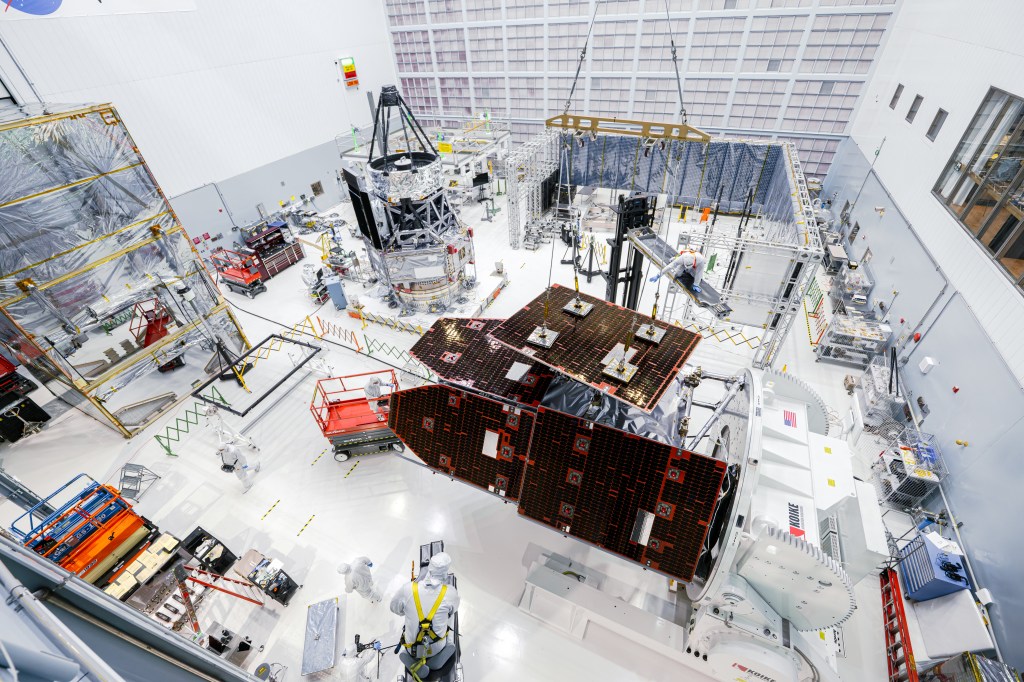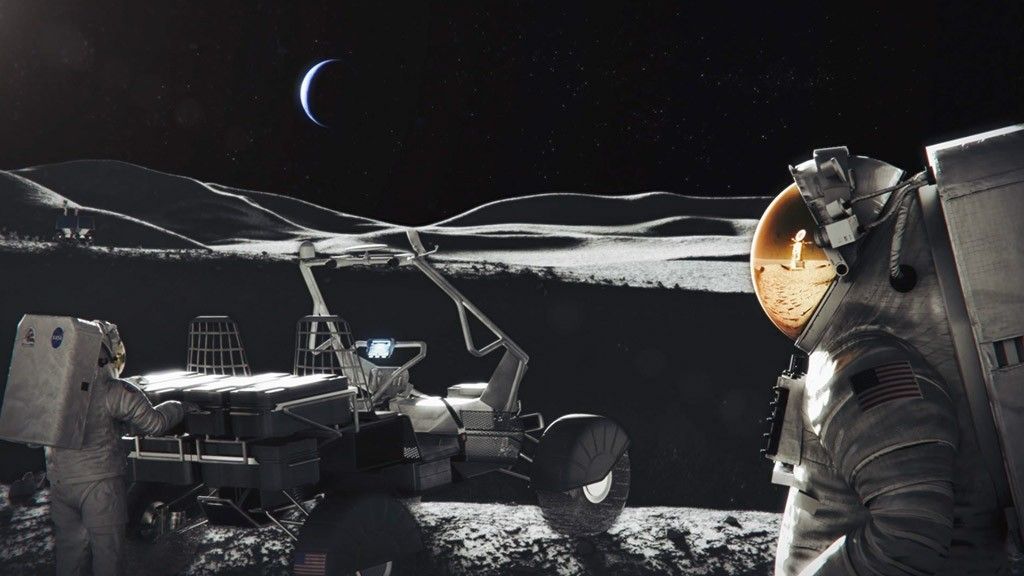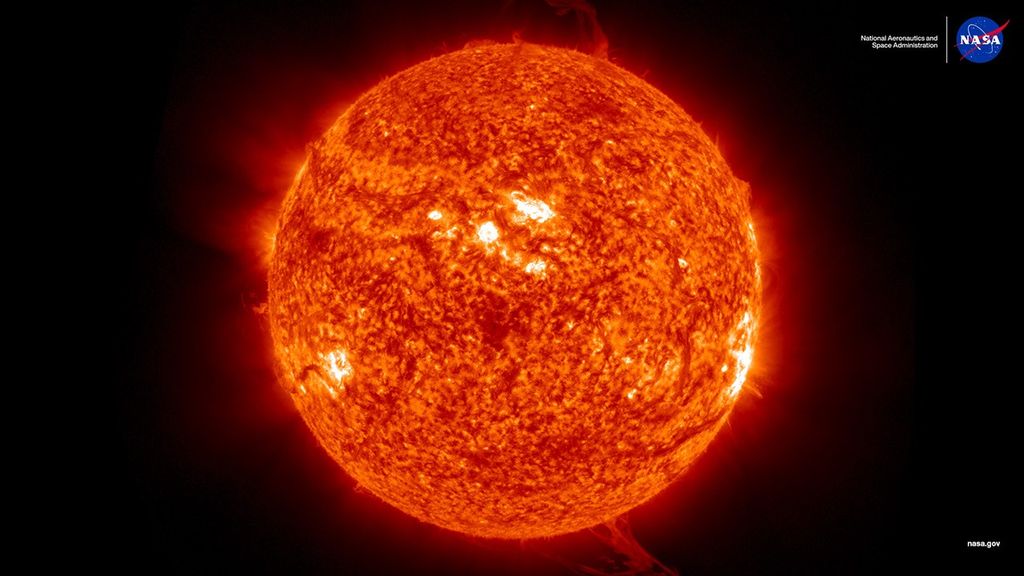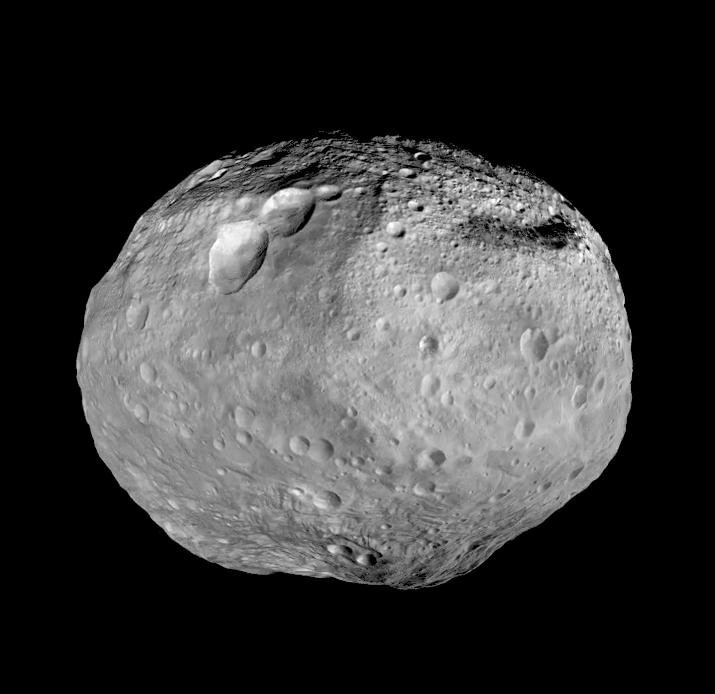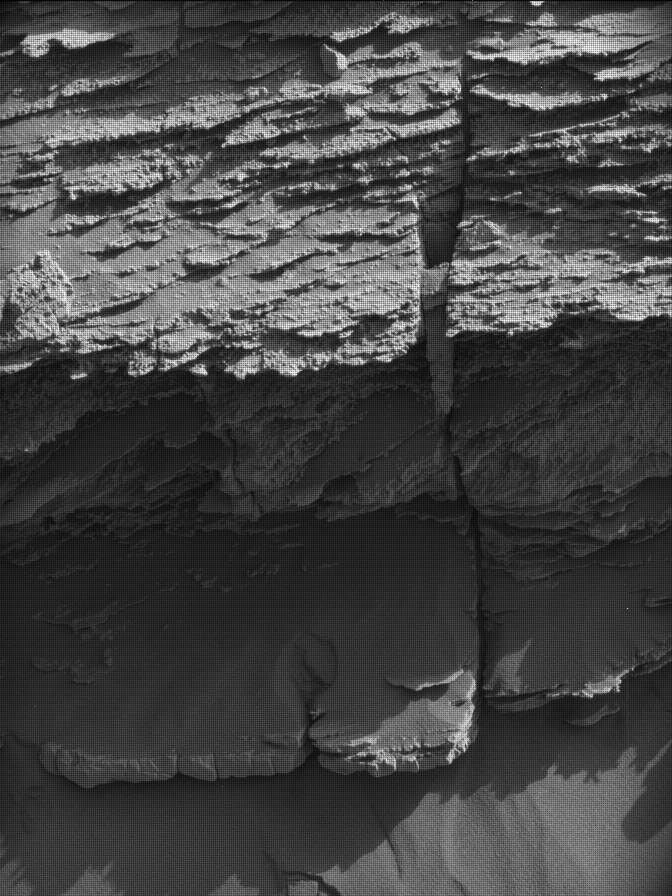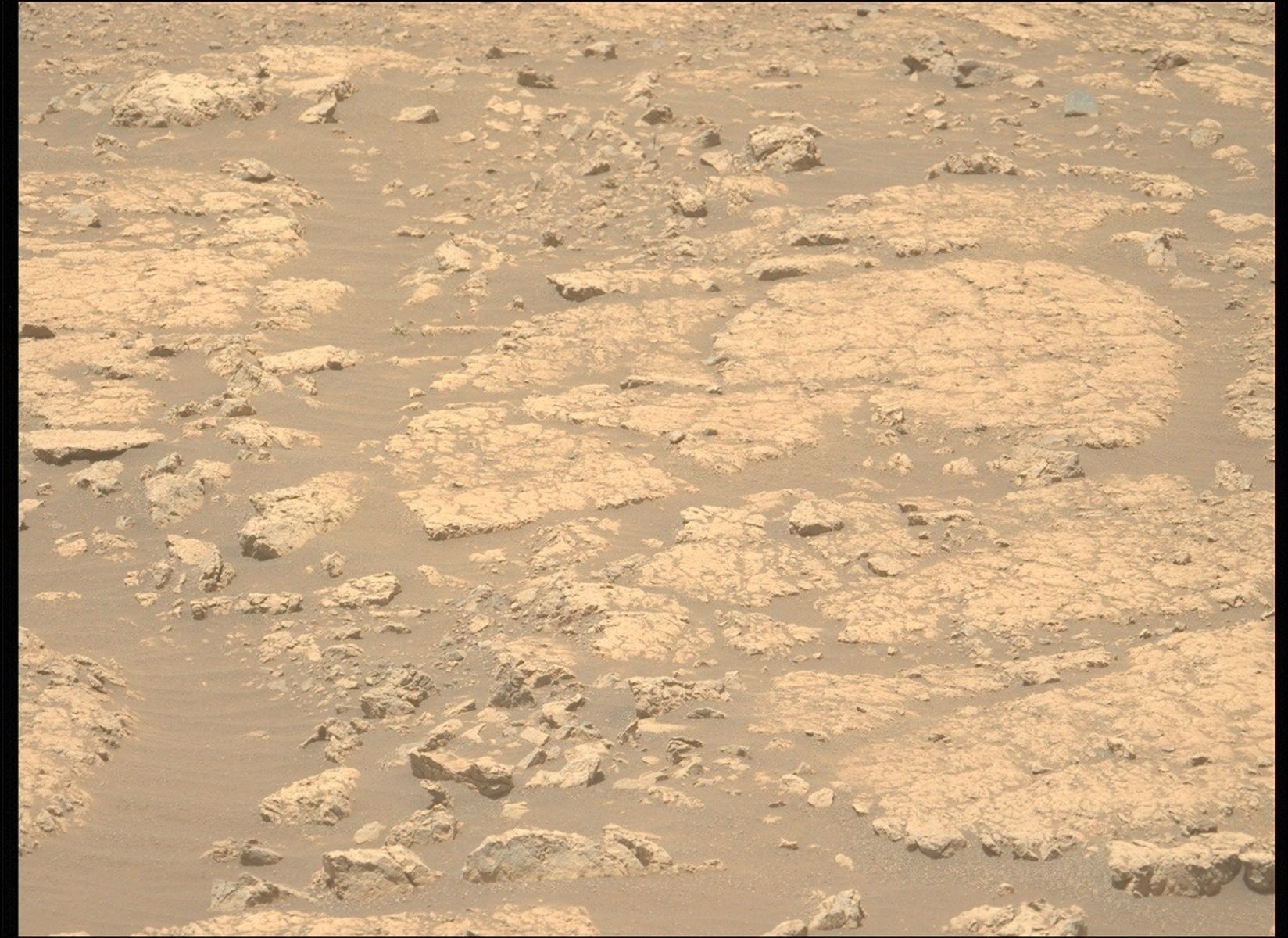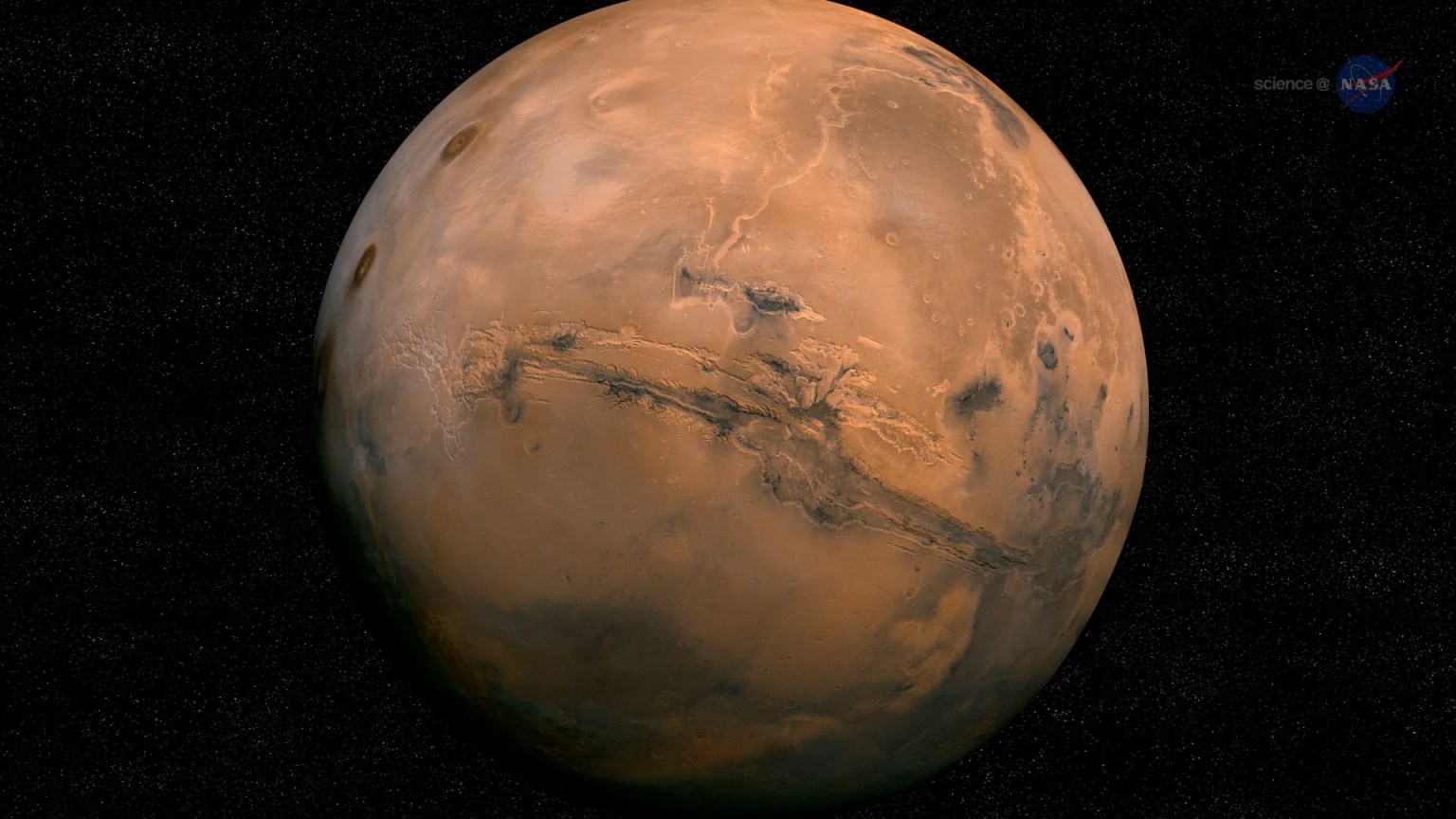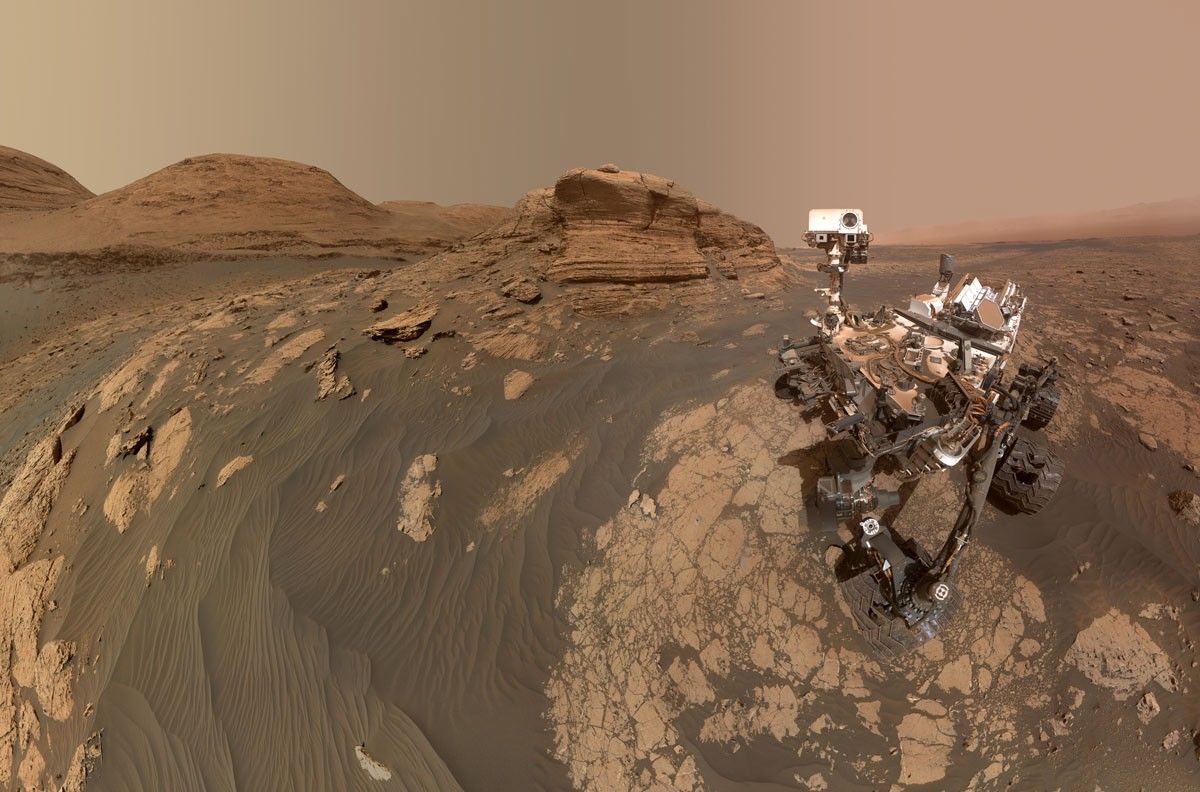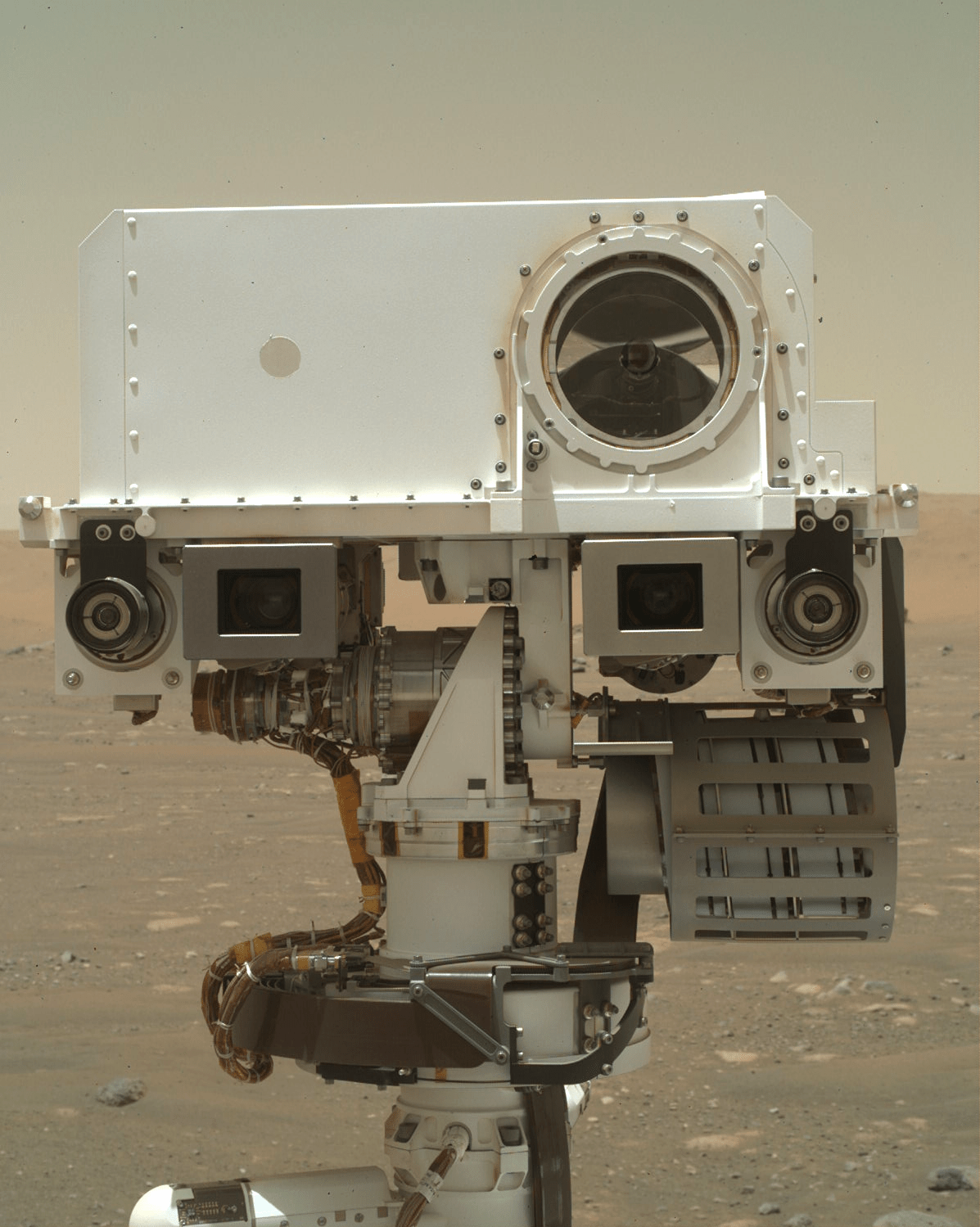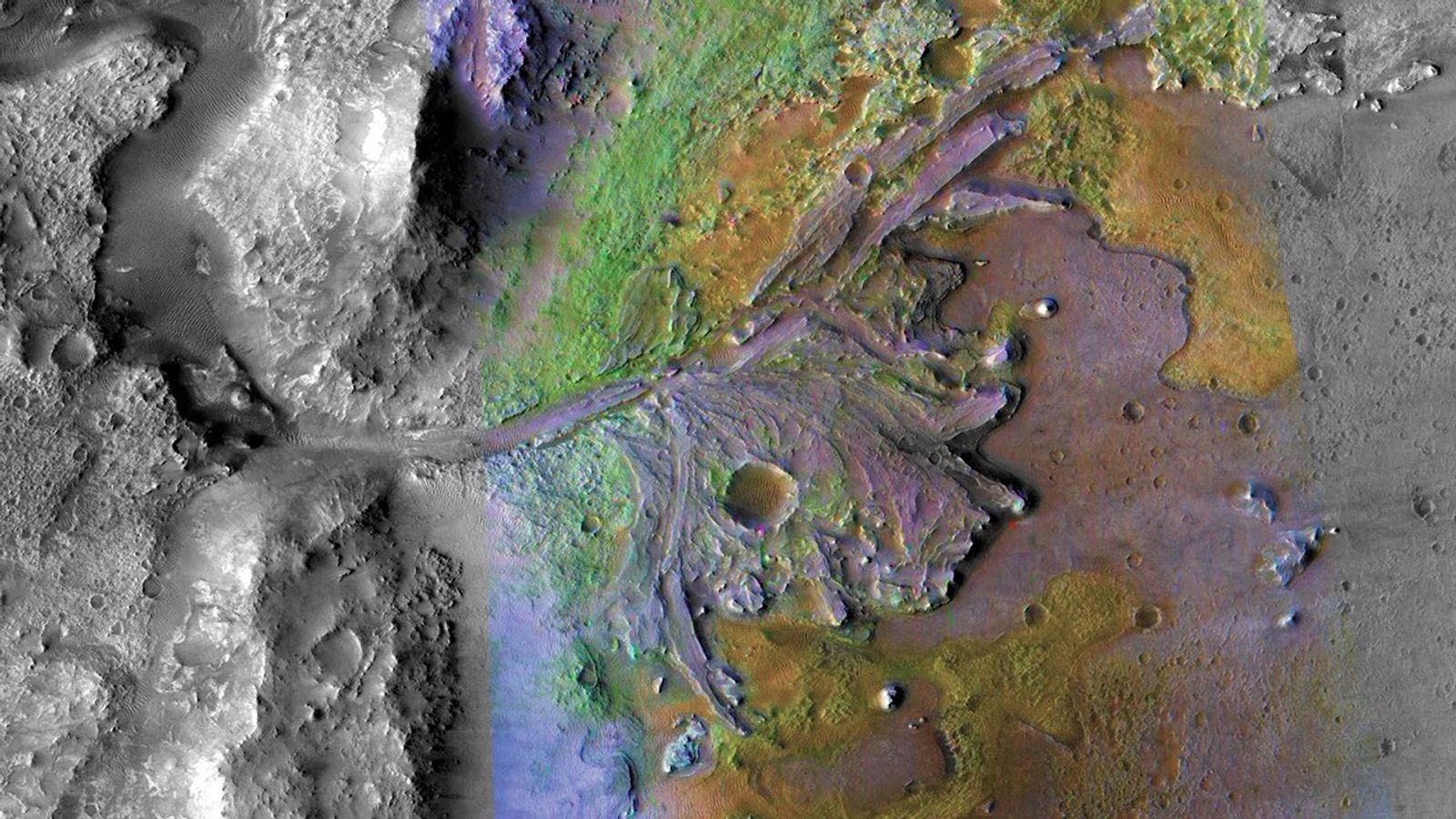The volume of data sent from MSL to Earth has been less than usual over
the past few days because the Mars Reconnaissance Orbiter (MRO) went
into "safe mode," a software state that ensures ample solar power and
telecommunications. This
has happened several times before on MRO, and another prompt recovery
is in progress. Without MRO data relay, MSL operations depends on
relay through the Mars Odyssey orbiter, which was not expected to be received until
almost 11:00 Friday. Therefore, the
planning schedule was changed to a "rapid traverse" sol, in which science
observations are limited to allow the day's activities to be prepared
and reviewed more quickly. This allowed us to plan a rover drive when
we otherwise would not have been able to when starting at 11 AM Pacific
time. So the Sol 735 plan includes another ChemCam
passive sky observation and a Mastcam panorama of
the sand dunes that the rover drove past on Sol 733. Only REMS atmospheric measurements are planned for Sols 736 and 737.
Dates of planned rover activities described in these reports are subject to change due to a variety of factors related to the Martian environment, communication relays and rover status.
Written by Ken Herkenhoff, Planetary Geologist at USGS Astrogeology Science Center

